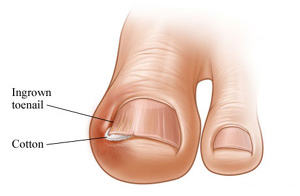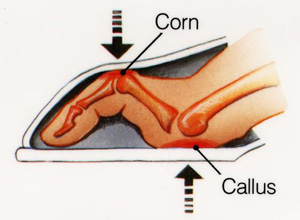What Causes Sensitive Feet?
In each of your feet and both of your ankles, there are over 20 different bones, over 30 different joints and hundreds of muscles, tendons and ligaments. Is it any wonder that foot pain is common?

The feet are responsible for carrying around the body’s mass. The weight of the body should be balanced between the two feet, but many people have one leg longer than the other, feet that angle out or in, flat feet, … Read the Full Article






